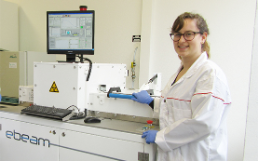- Official Inspection of Feed
- Combating Harmful Bacteria with Electrons
- Interaction of Human-Pathogenic and Antibiotic-Resistant Bacteria with Foods of Plant Origin
- Increasing the Safety of Milk and Dairy Products
- Greater Safety of Meat Products
- Food Safety and Resistome Development
- Staphylococcus aureus: New Findings and Control









